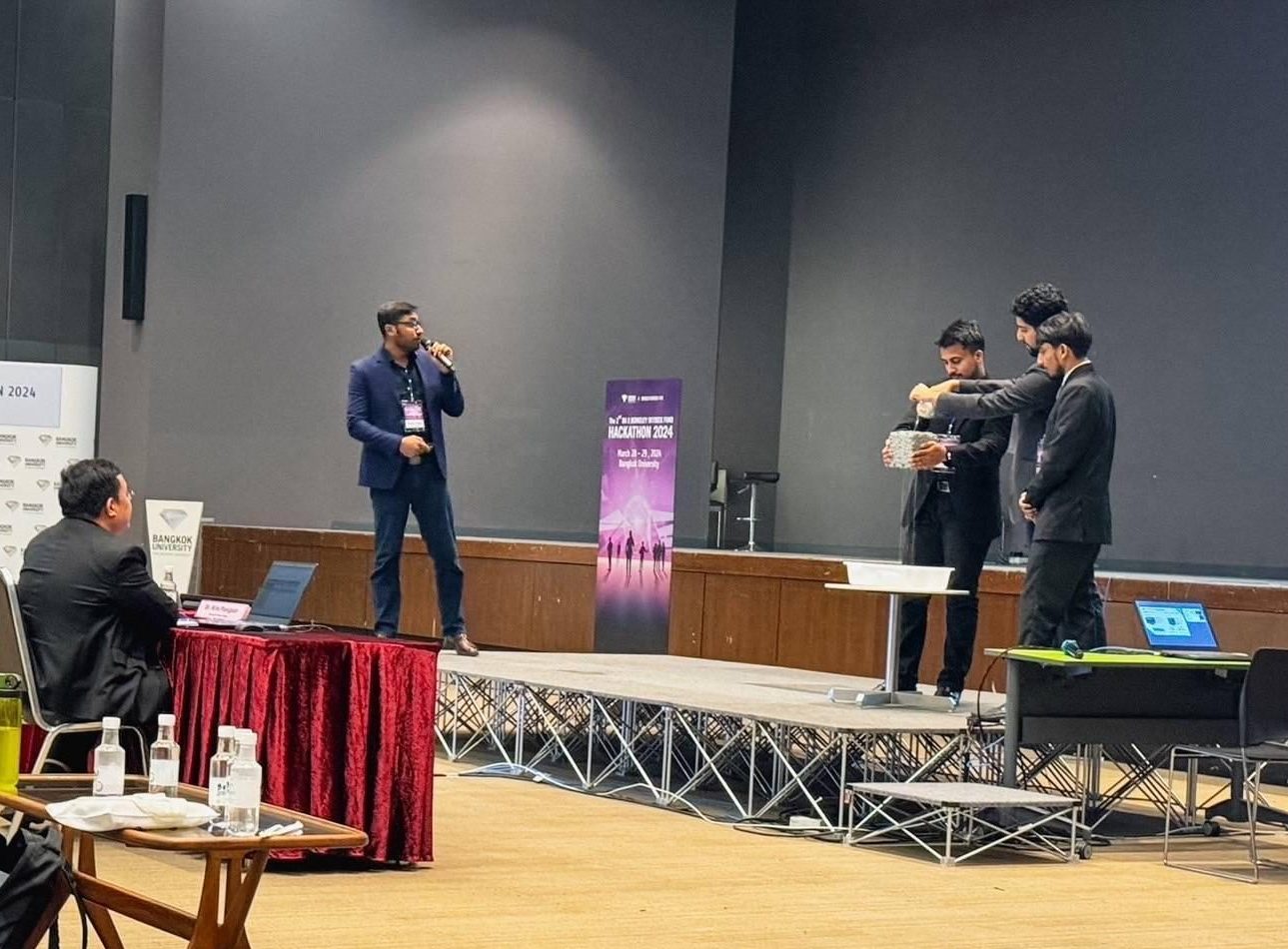27 January 2023: A Mercury Lab was launched at the IDEA EEM Laboratory/IDEA R&D Center of the Asian Institute of Technology on 27th January 2023. The lab is supported by IDEA Consultants, Inc. and Nippon Instruments Corporation (NIC), Japan, and is one of a kind in South East Asia.
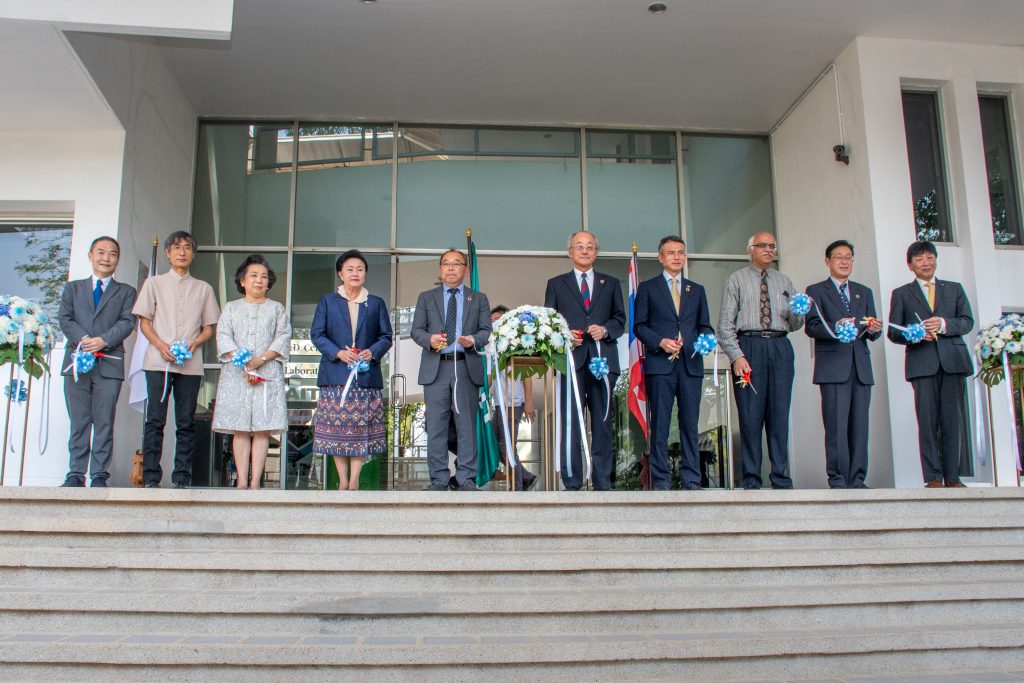
AIT has been collaborating with IDEA since 2016, beginning with the signing of a Memorandum of Understanding, followed by the establishment of the IDEA EEM Laboratory in 2017. The MOU was renewed for the next five years in 2022, aiming to enable cooperation between AIT and IDEA for academic and research collaboration through the IDEA EEM laboratory.
In September 2022, a tripartite Memorandum of Agreement was signed between NIC, IDEA, and AIT for strengthening research and academic collaboration and promoting joint research activities through IDEA EEM Laboratory and IDEA R&D Center at AIT.
During the launch, AIT President Prof. Kazuo Yamamoto extended gratitude to the Government of Japan for its continuous support of AIT for over five decades. He also thanked NIC, Japan, for donating the mercury analyzers to the IDEA-EEM laboratory. Stressing that the laboratory showcases the strong collaboration between AIT and IDEA, Prof. Yamamoto said, “This initiative strengthens our commitment to work together for a long period.”
Furthermore, he acknowledged IDEA for its continued support over six years and for connecting AIT to NIC, Japan, which paved the way for joint research activities. “IDEA- EEM laboratory has helped our researchers and students conduct research in the environmental sector. This mercury lab will help us in future collaborations with various organizations.”
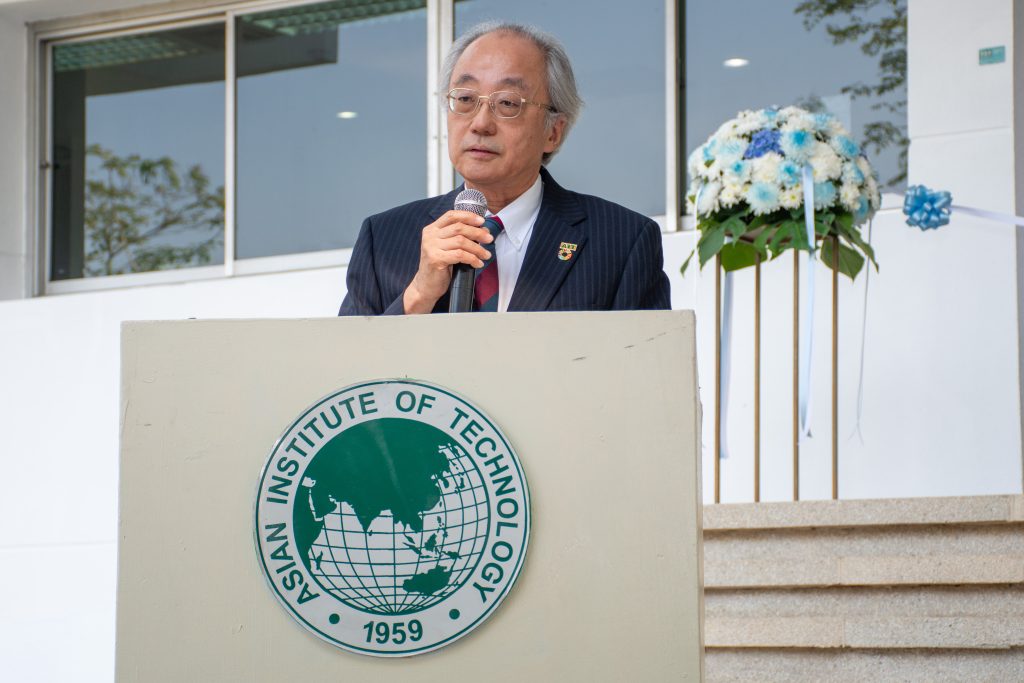
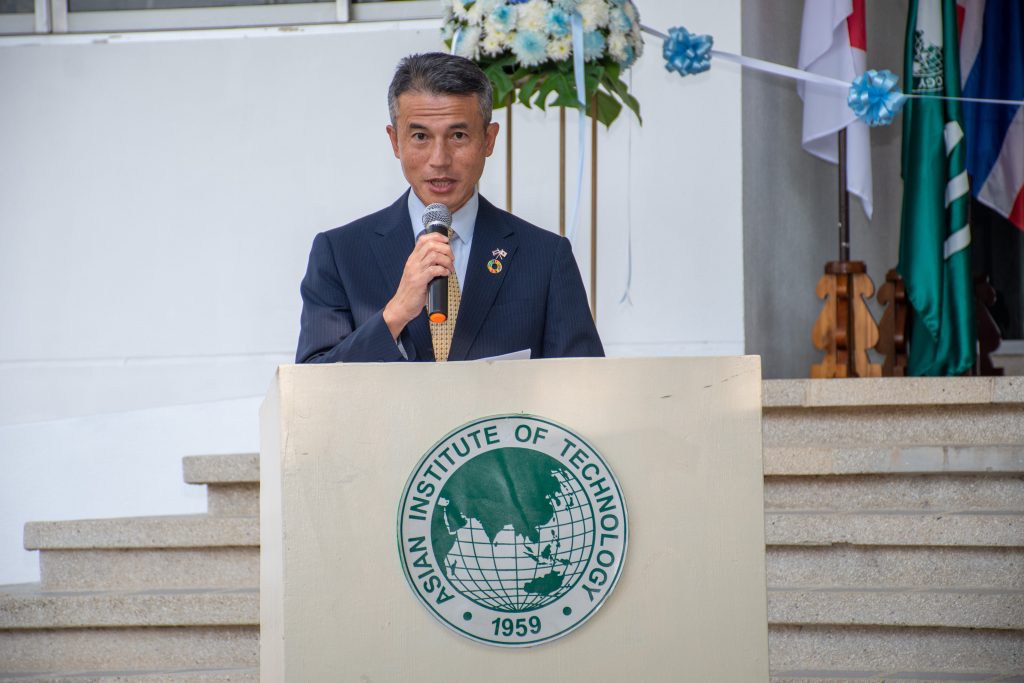
Mr. Yuichi Oba, Deputy Chief of Mission, Embassy of Japan in Thailand, shared Japan’s experience of contamination and recovery of mercury pollution. He highlighted that Japanese stakeholders had played leading roles in shaping the international agenda and mercury management discussions from their experience. Mr. Oba congratulated the lab’s opening and said, “I hope this initiative can help support the management of mercury in this region and prevent the type of crisis we suffered in Japan several decades ago.”
Mr. Isao Hamanaka, President of NIC, shared that NIC takes pride in the capability and scope of its mercury analyzer project, which has contributed to the development of human life, science, and industry. Affirming that NIC has great expectations that the lab facilities will be well-utilized, he said, “We are very pleased to be able to install our mercury analyzer for research support at this beautiful facility.” He also expressed gratitude to those who have supported the facility.


Dr. Mustaq Memon, Sub-Programme Coordinator, UNEP Asia and Pacific Office, highlighted that the region doesn’t have access to some technologies, and the mercury lab would be instrumental and beneficial.
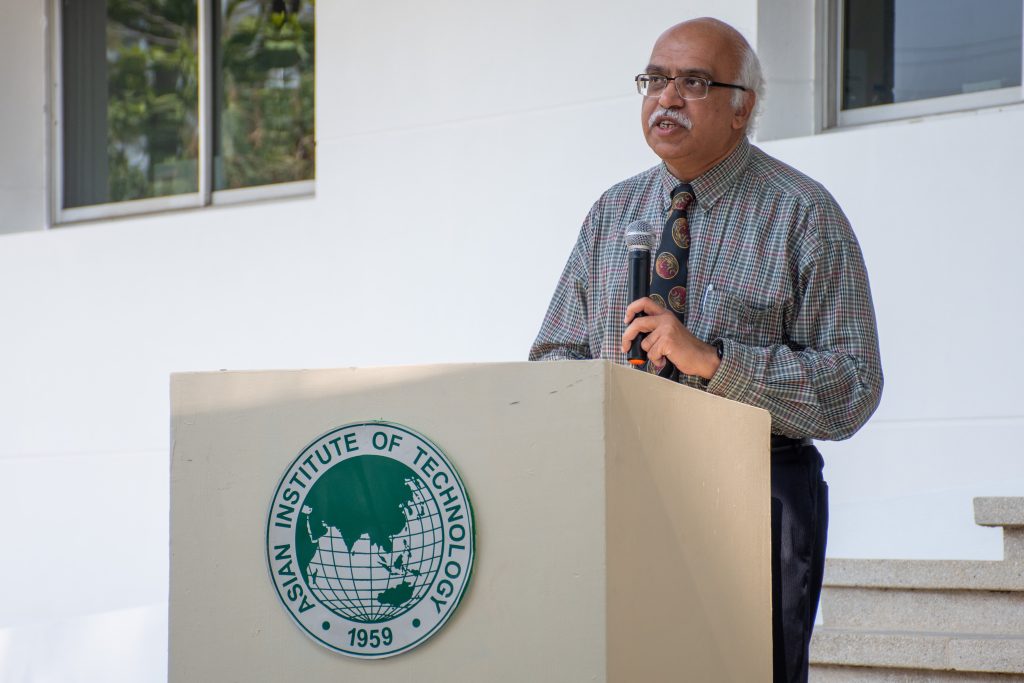
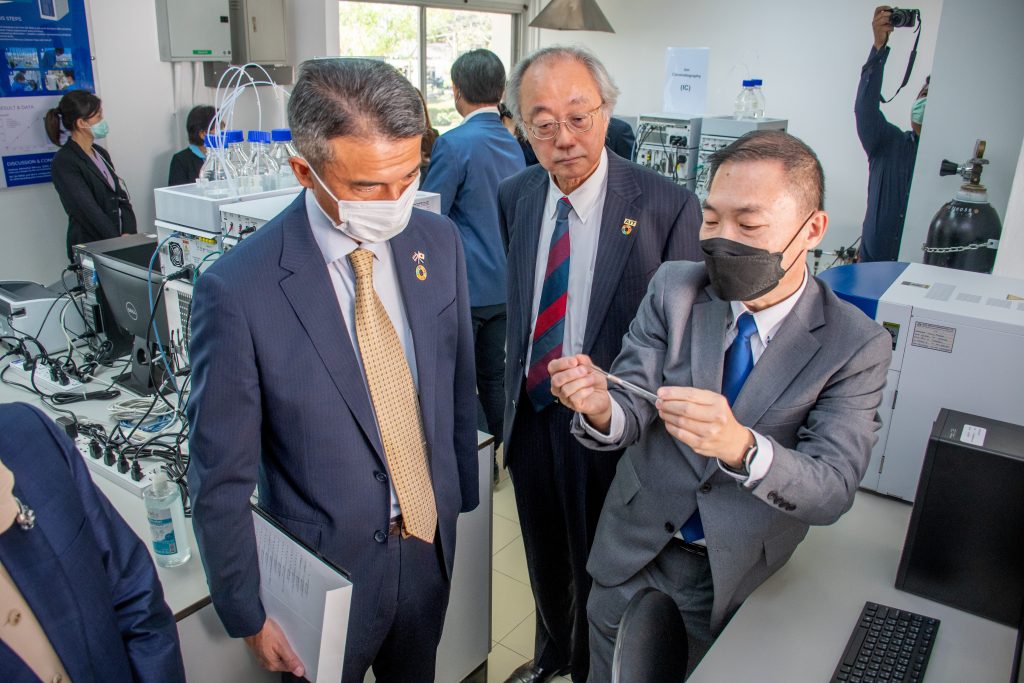
Dr. Toru Matsumura, Director of the Board and the Chair of IDEA R&D Center, IDEA Consultants, Inc., expressed confidence that the renewal of the MOU paves the way for more joint initiatives. “This means we have entered the second phase of our partnership. The laboratory has supported IT research and education, and the renewal of the agreement now paves the way for more joint efforts.”
Introducing the mercury lab and equipment, he said, “Currently, there are no laboratories for mercury measurement in South Asia. I believe this establishment will benefit research in the region.”
The event was attended by delegates from the Embassy of Japan to Thailand; the Pollution Control Department, Ministry of Natural Resources and Environment of Thailand; Department of Industrial Works, Ministry of Industry of Thailand; NIC Japan; COAX Group Corporation Ltd.; National Research Council of Thailand; Thailand Environment Institute Foundation; United Nations Industrial Development Organization, Thailand; UNEP Asia and the Pacific Office; United Analyst and Engineering Consultant Co. Ltd; Lab Depot Co. Ltd.; KIT Co. Ltd.; Environmental Research and Training Center and IDEA Consultants, Inc./UAE-IDEA Advance Analytical Co., Ltd.
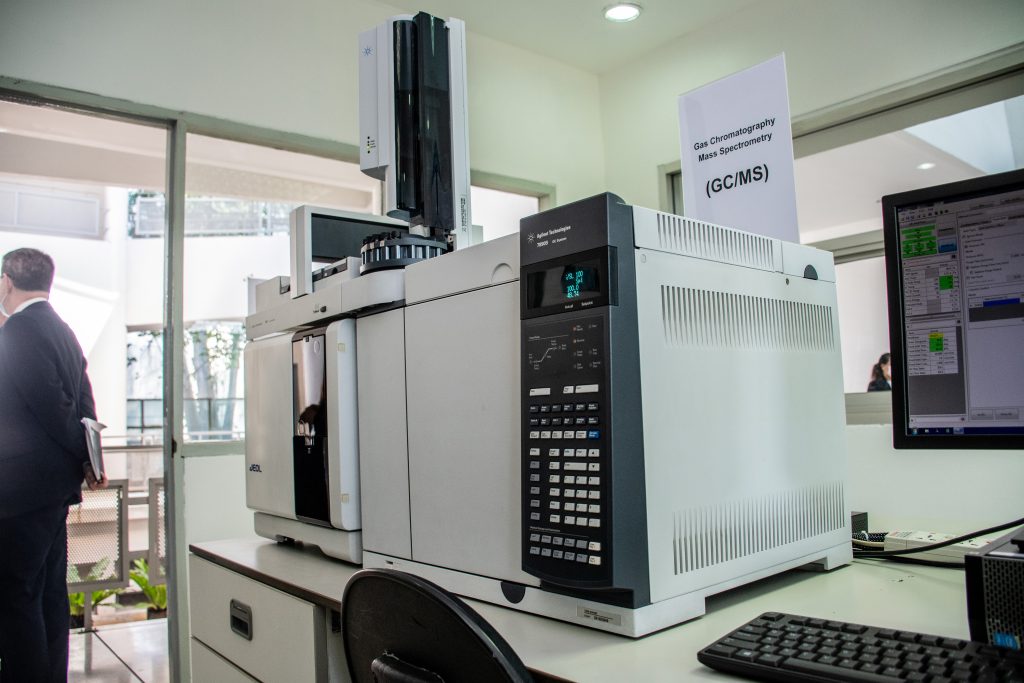
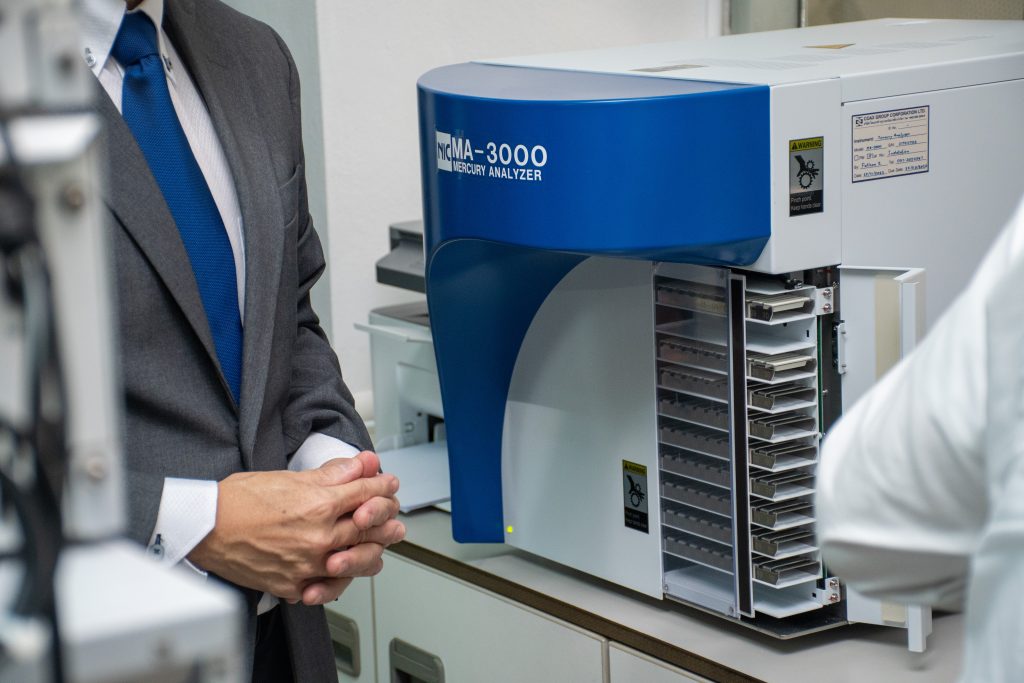
About the equipment
Two different pieces of equipment: MA-3000 Direct Mercury Analyzer and WA-5A Gaseous Mercury Analyzer, were installed in the lab.
The MA-3000 Direct Mercury Analyzer is a revolution in mercury analysis, delivering precise and accurate results with unparalleled speed and efficiency. With its Direct Thermal Decomposition Gold Amalgamation-CVAAS technology, this state-of-the-art analyzer can measure total mercury levels in solid, liquid, and gaseous samples with ease.
What sets the MA-3000 apart from the rest is its ability to eliminate the tedious and time-consuming wet chemical sample preparation stage. This means that researchers can spend less time prepping samples and more time uncovering valuable insights and information of mercury measurements.
On top of that, the MA-3000 has a measurement range of 0.001ng to 70,000ng, making it capable of handling a wide range of samples. And with its built-in autosampler that has 100 sample positions, researchers can keep up with the growing demand for mercury analysis with ease.
The MA-3000 can analyze environmental samples such as soil, sludges, and wastewater, as well as biological specimens like urine, blood, and hair to provide precise information about mercury in the human body. It is also capable of analyzing food samples like seafood, rice, and tea leaves.
The WA-5A Gaseous Mercury Analyzer is a master in measuring ‘Total Gaseous Mercury’ in a wide range of gaseous matrices such as ambient air, fuel gas, natural gas, shale gas, and others. With its Dual-Gold Amalgamation – CVAAS method, the WA-5A provides highly precise results, making it compliant with regulatory methods like ASTM, ISO, and JIS.
This analyzer is built for ultra-trace level mercury analysis, with a two-step Dual-Gold Amalgamation technique that ensures efficient recovery of mercury and eliminates any possible interferences. The WA-5A boasts a superior Detection Limit of as low as 0.001 ng, making it the go-to solution for accurate and sensitive mercury analysis for gaseous matrices.
The choice of gold compound and coating used in NIC Mercury Collector Tubes results from over 40 years of proprietary technology, ensuring reliability and durability in the field. And with the convenient glass container with a stopper, transport of these tubes is clean, secure, and free from cross-contamination.
The operating principle of the WA-5A is compliant with the manual measuring method for hazardous air pollutants established by the Ministry of Environment, Japan, making it a safe and secure option for your mercury analysis needs.
The WA-5A is suitable for measuring Total Gaseous Mercury (TGM) in ambient air, working environment air, fuel gas, natural gas, shale gas, LPG, and other gaseous matrices.
About NIC and IDEA
Nippon Instrument Corporation (NIC) Nippon Instruments Corporation (NIC) is one of the few professional companies across the world exclusively pursuing the analysis of a single element, namely mercury since it was first founded in 1978. NIC intends to continue its efforts to provide equipment capable of contributing to the development of society via the two pillars of experiment and theory, which incorporate the know-how it has cultivated through experience.
IDEA Consultants, Inc. (IDEA) started as an integrated consultancy firm in 2006. IDEA’s mission is to respond to society’s needs through integrated and diversified technical capabilities towards the realization of sustainable development of a safe and sound society and the conservation and inheritance of a healthy and productive environment.





